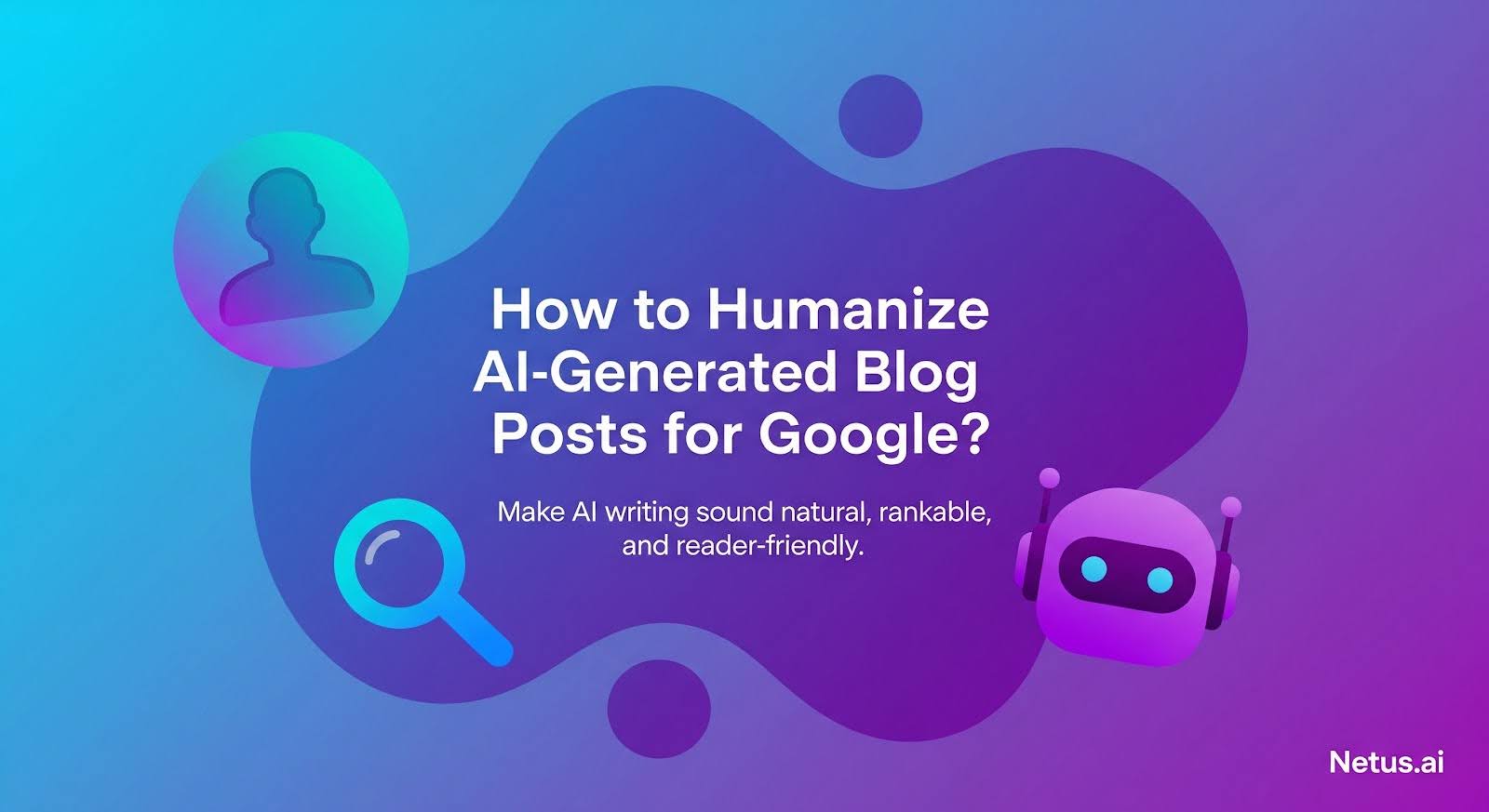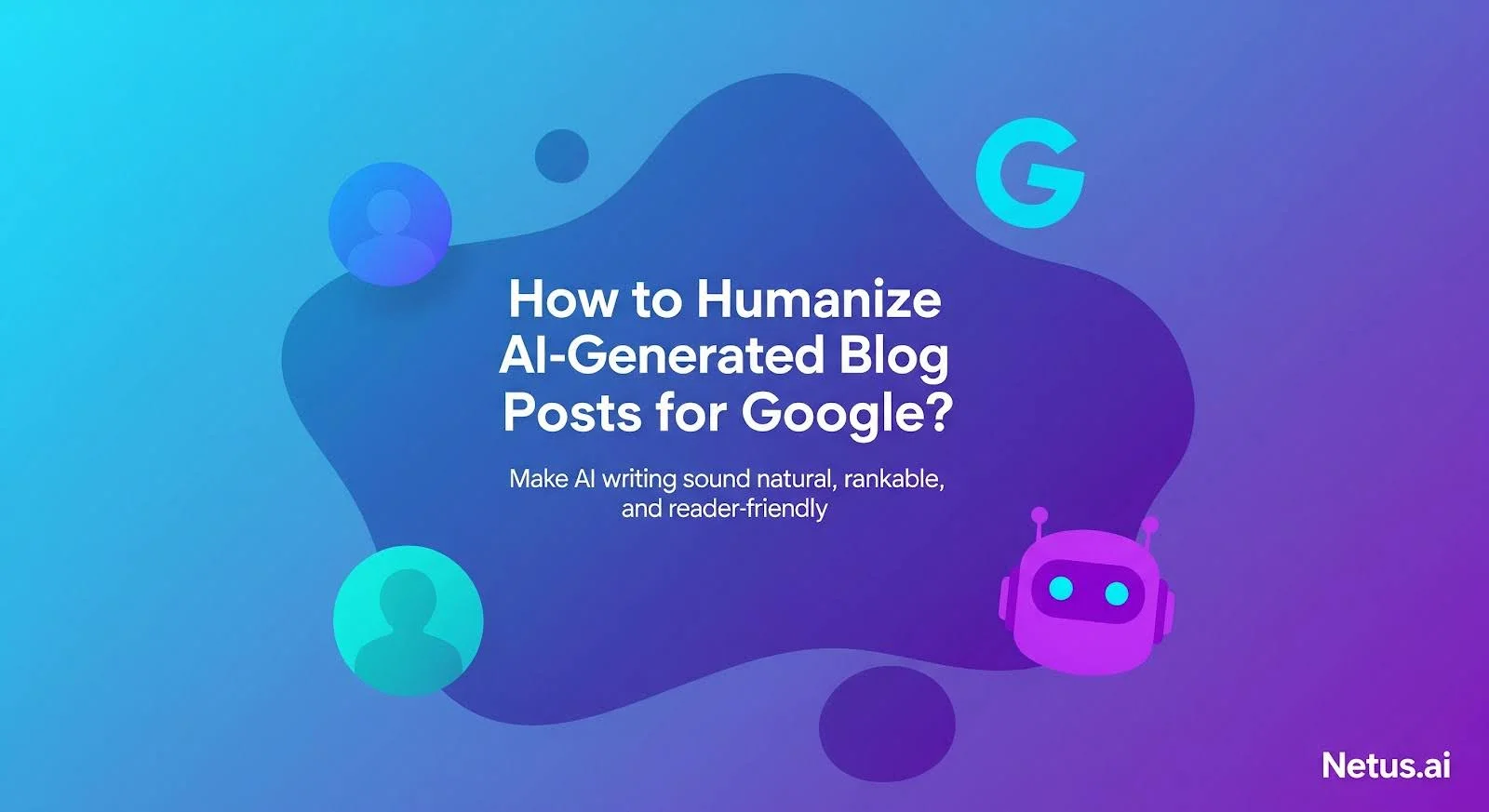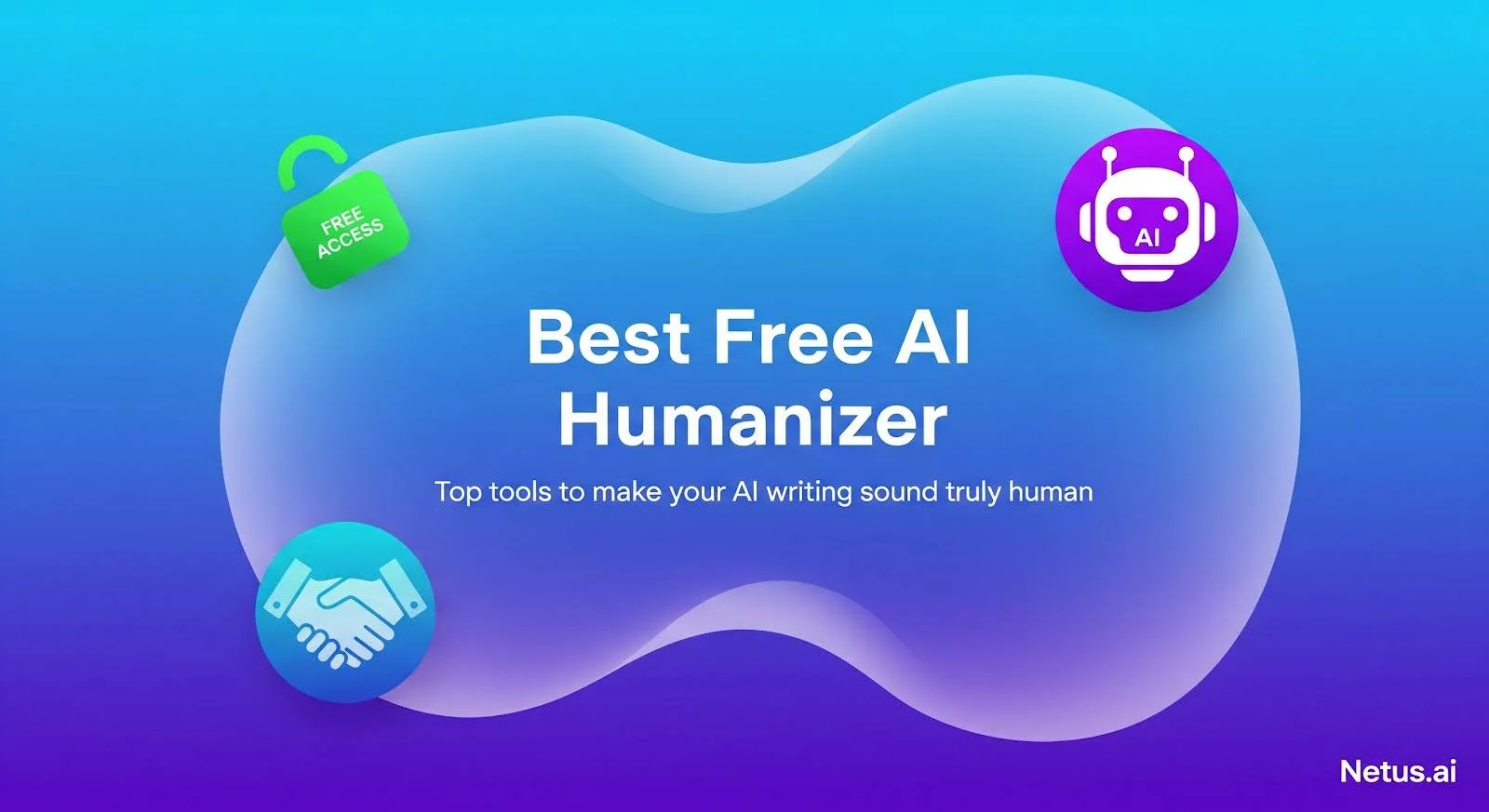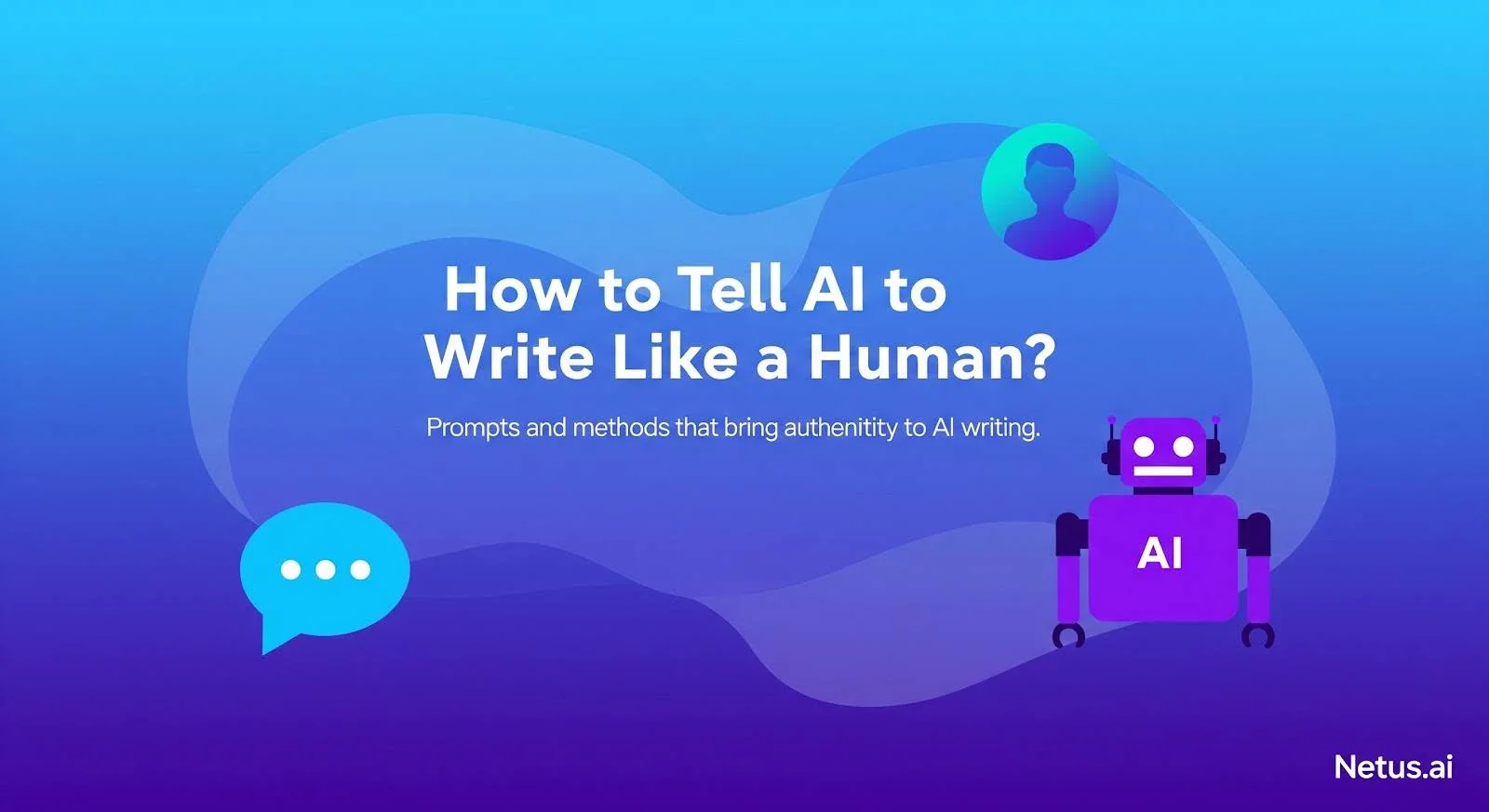Artificial Intelligence is now a staple in most affordable SEO workflows, creating content at scale has become incredibly easy. But here’s the billion-dollar question: Does any of it actually rank?
In SEO, “undetectable = rankable.” The aim is to create content so useful and well-made that it’s indistinguishable from top human writing, not to trick Google.
Google favors high-quality, people-first content, regardless of its creation method, rewarding E-E-A-T. Enhance AI output, don’t abandon it, for users and search engines, with an effective SEO optimization checklist.
What makes AI content so obvious?
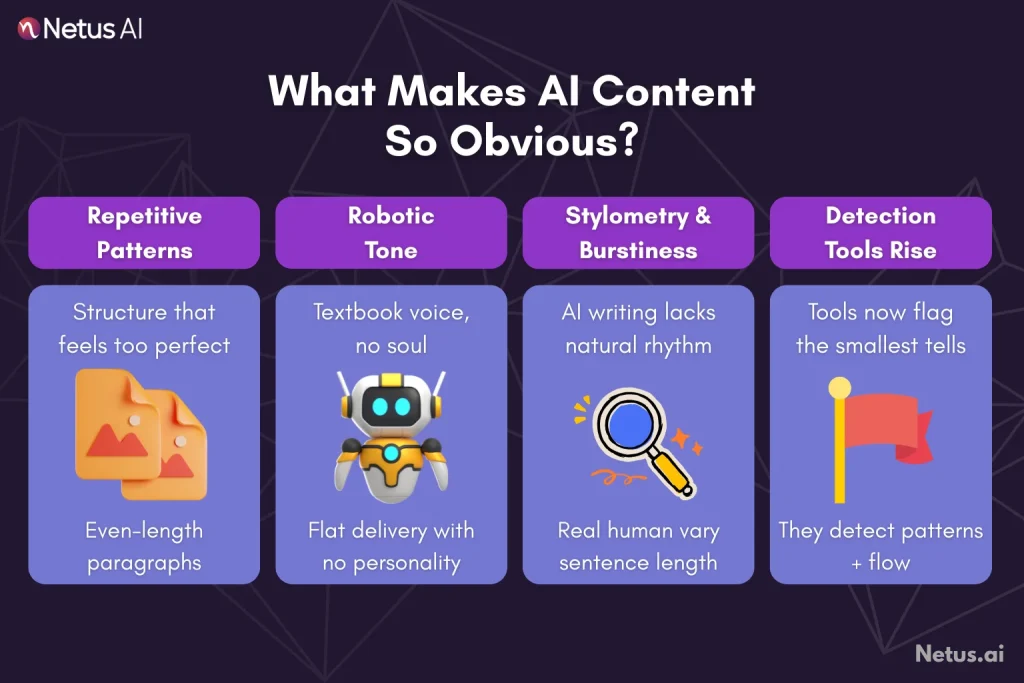
Ever read an article and just knew a robot wrote it? You’re not alone. Search engines are getting smarter at spotting the classic giveaways of unedited AI text. Using content management tools can help refine your articles and avoid these pitfalls.
Predictable structure, tone and lack of nuance
One of the clearest signs of AI is its predictability. Because AI models learn from existing web content, they tend to fall back on common, boring patterns.
- The wall of sameness: AI articles often have paragraphs of nearly identical length, creating a monotonous, blocky look.
- Robotic transitions: Avoid overusing “In conclusion,” “Furthermore,” or “It is important to note” to keep writing natural.
- Perfectly balanced, lifeless lists: An AI might write a “Top 5” list where each point has a 100-word description. A human writer would naturally vary the length and depth based on the importance of each point.
- Zero personality: The tone is often sterile, like a textbook. It informs but it never engages, persuades or connects. It lacks the unique voice that makes great writing memorable.
Stylometry, burstiness and semantic signals
Algorithms use stylometry, statistical analysis of writing style like vocabulary and sentence patterns, to identify authorship.
AI generated text often lacks the natural “burstiness” of human writing, making it predictable and betraying its machine origin.
The rise of AI detection tools
While Google keeps its own methods secret, public tools give us a peek behind the curtain. AI writing assistants are now common in editorial workflows for a reason.
- ZeroGPT analyzes perplexity (how unpredictable the text is) and burstiness to score content.
- HumanizeAI helps publishers check for plagiarism and AI generated content by analyzing stylistic patterns.
The technology behind these tools is a good indicator of what search engines are likely doing on a much larger scale.
Common mistakes that scream "AI written!"

AI text humanizers often fall short for blog posts. This is because, unlike effective content management tools, they do not address the fundamental problems that reveal AI authorship.
Synonym swapping without real changes
The most common trap is using AI to just swap words for synonyms. This keeps the original, often awkward, robotic-sounding sentence structure.
Example: An AI changes “effective content marketing” to “potent material promotion.” The words are different but the sentence’s rhythm and structure are identical.
The missing human element
Content that truly connects does more than list facts, it shares a perspective and creates an emotional response. This is where an AI writing assistant falls flat.
- No stories or anecdotes: Humans use stories and examples to make points relatable. AI can’t invent a personal experience or a client success story. This lack of personalization makes the content feel hollow.
- A flat emotional tone: A human writer’s tone changes. They might be assertive, empathetic or enthusiastic depending on the topic. AI maintains a single, neutral tone from start to finish. To avoid this, you need a defined brand voice.
Overdosing on generic phrases and cliches
AI models are trained on the entire internet, so they are masters of the cliché. Without a sharp editor, your content will be filled with fluff that signals a lack of original thought.
Be on the lookout for these empty phrases:
- “In today’s fast-paced world”
- “The key to success is”
- “It’s a game-changer”
- “Unlocking the potential of”
- “Navigating the complex landscape of”
These phrases are verbal clutter. They add words but subtract value. An expert would use precise, powerful language instead.
The art of humanization: a practical framework
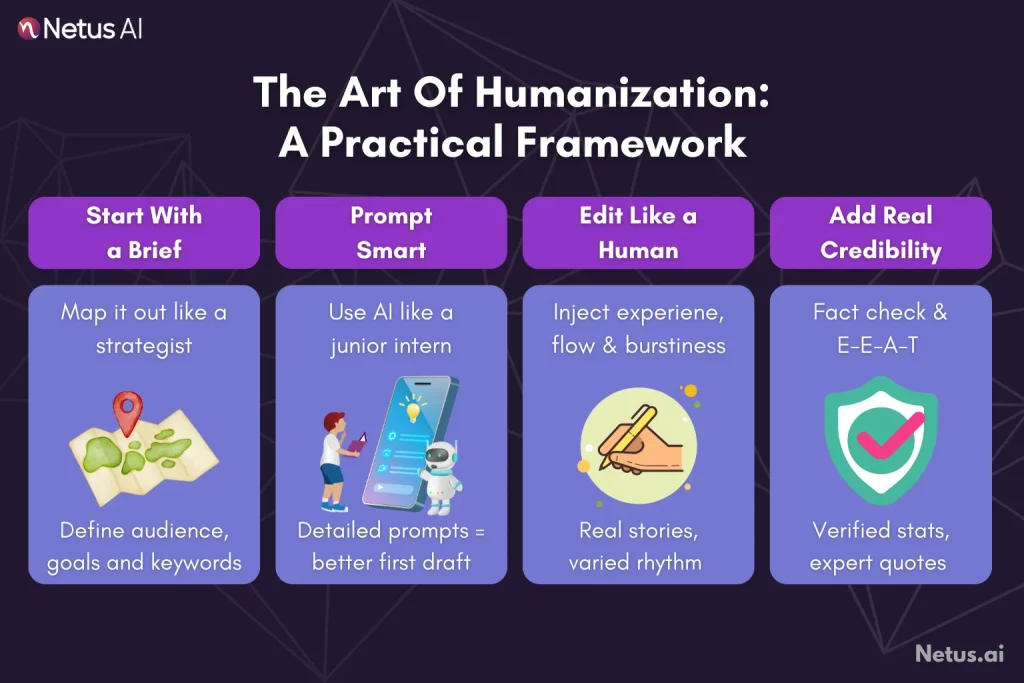
So, how do you turn a robotic first draft into a high-ranking masterpiece? It requires a hands-on, strategic editing process, much like using an SEO optimization checklist.
Step 1: The human-first strategic brief
Great content starts with a great plan. Before you even think about AI, a human strategist needs to create a detailed content brief.
- Audience and pain points: Who are you writing for? What specific problem are you solving?
- Your unique angle: What new insight can you offer? Is it a unique case study, a contrarian opinion or a new method? This is where you inject real Experience into E-E-A-T.
- Keywords and topics: Define your primary and secondary keywords.
- Tone of voice: Is your brand witty, authoritative or empathetic
- Required elements: Require AI to incorporate expert quotes, original data or custom graphics.
Step 2: Use AI as your first-draft intern
With your brief in hand, you can now prompt your AI tool. Treat the AI like a junior writer or a research assistant. The more detailed your prompt, the better the first draft will be.
Step 3: The deep edit: weaving in the human touch
This is where the magic happens. A skilled human editor must now transform the rough draft.
- Inject experience & authenticity:
- Add real-world examples: To build trust, use specific examples. Instead of “A business can,” try “A local coffee shop we worked with increased foot traffic by 50%.”
- Include expert quotes: Interview an expert and add their unique perspective. This adds incredible authority.
- Restructure for flow and readability:
- Vary your rhythm: Break up those monotonous paragraphs. Mix short, punchy sentences with longer, more descriptive ones to create that natural “burstiness.”
- Improve the story: Does the article have a clear beginning, middle and end? Hook the reader, provide escalating value and deliver a satisfying conclusion.
- Refine the language:
- Kill the clichés: Hunt down and eliminate every generic phrase. Replace them with specific, powerful language.
- Read it aloud: Does it sound like something a real person would say? If not, keep editing until it does.
Step 4: Fact-check and add authority signals
AI models are known to “hallucinate” or, in plain English, make things up. A human must verify every single claim.
- Verify all data: Check every statistic and fact against a primary source.
- Add authoritative links: To improve your SEO, reference trustworthy sources like universities, government bodies and industry experts. This shows you’ve done your research. As explained by experts at Moz, this adds value and trust.
- Use a real author bio: Connect the content to a real person with a detailed bio and links to their social profiles. This is a massive E-E-A-T signal.
SEO-safe content starts at generation: NetusAI’s SEO article writer
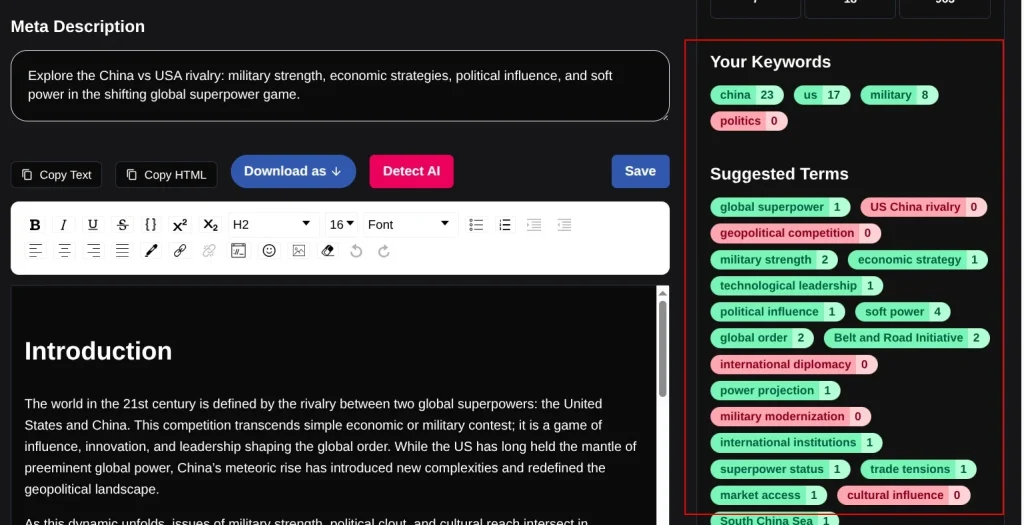
Avoiding stylometry and detection issues shouldn’t begin after content is written, it should start with the writing itself. That’s where NetusAI, an AI writing assistant, steps in.
The NetusAI SEO Article Generator creates affordable SEO optimized blog posts, unlike generic AI tools that produce robotic content. It focuses on clarity, tone and search intent, going beyond basic drafting. It:
- Lets you input headlines and targeted SEO keywords
- Supports long-form templates for full blogs
- Auto-generates a structure with Title → Outline → Content
- Works in multiple languages for global teams
It integrates with the Netus AI Bypasser + Detector, ensuring your output is readable and undetectable.
This AI writing assistant helps marketers, freelancers and bloggers create and refine content, ensuring AI generated text sounds human.
NetusAI saves time and rewrites, creating quality SEO articles from scratch or ideas, without sacrificing trust.
Final Thoughts
AI blogs can rank on Google if they sound human. The key is smart rewriting, maintaining your tone and passing search engine AI filters.
Tools like NetusAI make this process simple. Real-time detection, smart rewriting and SEO generators create undetected, informative and rankable human-grade content.
In a time where everyone’s hitting “Generate,” those who rewrite with intent will win the rankings war.
FAQs
Because Google rewards helpful original content, not robotic outputs. Humanizing your AI blogs helps you meet ranking signals like clarity, depth and user engagement.
Yes. Google uses signals like sentence structure, semantic coherence and even stylometry to identify non-human content patterns.
Use a tool like NetusAI that combines real-time detection with rewriting. It adjusts tone, rhythm and structure while preserving your message.
Tools like NetusAI can rewrite content, maintaining semantic accuracy and natural keyword flow, ensuring both rankability and readability.
NetusAI restructures content, checks AI detectability and generates long-form SEO articles.
Rewriting AI drafts with feedback tools is faster and yields better results than writing from scratch.

